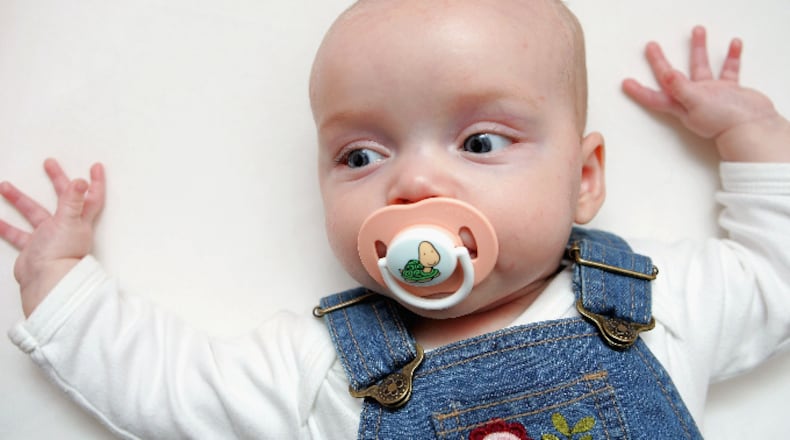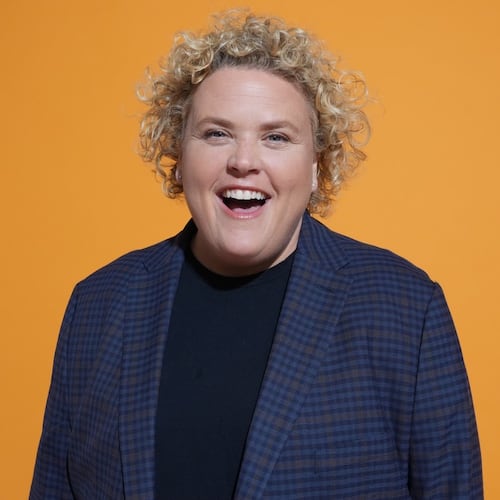This week, Alabama will join two other U.S. states — Ohio and New Jersey — in launching a program that offers free baby boxes to families of newborns in the state.
» RELATED: Co-sleeping stigma keeps many moms silent — even to their doctors
Here’s what you should know about the boxes, their origin and why states are adopting the program:
What is a baby box and where did the idea come from?
The idea originates from 1930s Finland, when nearly one out of 10 infants died in their first year, according to the New York Times.
The Finnish boxes — which include bedding and nearly 50 other items — are given as an incentive for mothers to see a doctor during pregnancy; to obtain one, expecting mothers had to undergo a medical exam during the first four months.
» RELATED: Does Georgia have a Safe Haven law to protect abandoned newborns?
An average of 40,000 boxes are given to Finland’s mothers-to-be every year.
Today, Finland has one of the lowest infant mortality rates in the world
— 2.5 for every 1,000 births, according to the Central Intelligence Agency.
Why are U.S. states adopting baby box programs?
The U.S. infant mortality rate — 5.8 for every 1,000 births — is more than double that of Finland.
And according to the Centers for Disease Control and Prevention, approximately 3,700 U.S. newborns suffered sudden unexpected infant deaths (SUIDs) in 2015.
» RELATED: Breastfeeding mom shares heartbreaking warning after baby's death
One of the big risk factors associated with SUIDs is bed sharing.
Unfortunately, when mothers can’t afford cribs, it’s not uncommon for bed sharing to occur.
With the high U.S. infant mortality rate and SUIDs statistics, some states are offering baby boxes to encourage postpartum safe sleep.
Which U.S. states have adopted baby boxes?
New Jersey became the first state to distribute baby boxes to prevent newborn deaths, followed by Ohio and now, Alabama.
California-based Baby Box Co. teamed up with state hospitals, child fatality organizations and other nonprofits to produce and distribute bassinet-sized boxes.
» RELATED: These are the most popular baby names of the 2000s from A to Z
According to NPR, New Jersey plans to distribute 105,000 boxes; Ohio, 140,000; Alabama, 60,000.
What exactly is included in a U.S. baby box?
Though the details may differ across states and countries, the laminated cardboard boxes are usually well-built, mobile and come with a foam mattress and fitted sheet.
Often, the boxes will also include a onesie, diapers, wipes and breastfeeding accessories.
While the Finnish boxes were given to expecting mothers if and only if they underwent a medical exam during the first four months, the boxes in the three states are given away for free to families of newborns.
As part of the U.S. program, parents are expected to educate themselves by watching online videos about SIDs and safe sleep and test their knowledge through a short quiz.
"Through education and awareness, people can make better choices and hopefully we can see fewer children dying," Dr. Kathryn McCans, chair of New Jersey's Child Fatality and Near Fatality review board, told NPR.
Is a Safe Haven Baby Box the same as a baby box?
No. The Safe Haven Baby Box refers to a heated and padded incubator that allows new moms a safe way to give up their babies, rather than simply abandoning them.
» RELATED: Does Georgia have a Safe Haven law to protect abandoned newborns?
In 2016, Indiana installed two boxes at fire stations as an extension of the state's Safe Haven law, which offers parents complete anonymity when giving up an unwanted newborn younger than 45 days without being arrested or prosecuted, the AJC previously reported.
About the Author
The Latest
Featured



